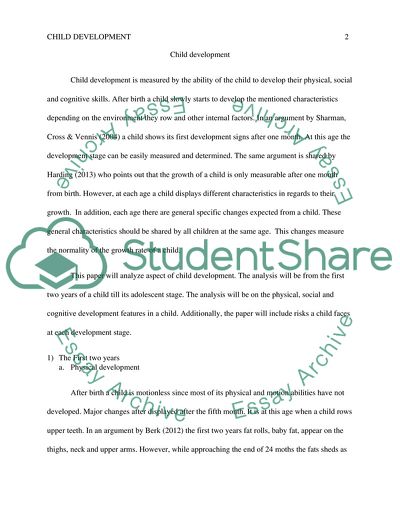Cite this document
(Aspect of Child Development Case Study Example | Topics and Well Written Essays - 2000 words, n.d.)
Aspect of Child Development Case Study Example | Topics and Well Written Essays - 2000 words. Retrieved from https://studentshare.org/psychology/1816071-stages-of-child-development
Aspect of Child Development Case Study Example | Topics and Well Written Essays - 2000 words. Retrieved from https://studentshare.org/psychology/1816071-stages-of-child-development
(Aspect of Child Development Case Study Example | Topics and Well Written Essays - 2000 Words)
Aspect of Child Development Case Study Example | Topics and Well Written Essays - 2000 Words. https://studentshare.org/psychology/1816071-stages-of-child-development.
Aspect of Child Development Case Study Example | Topics and Well Written Essays - 2000 Words. https://studentshare.org/psychology/1816071-stages-of-child-development.
“Aspect of Child Development Case Study Example | Topics and Well Written Essays - 2000 Words”. https://studentshare.org/psychology/1816071-stages-of-child-development.


